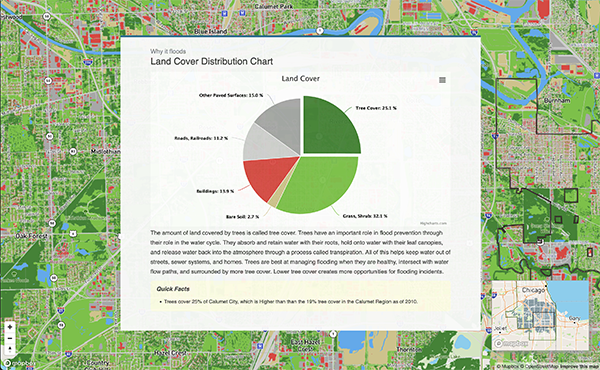This just in—a new tool addressing the promise and challenges in using Opportunity Zones (OZs) to drive development in underserved urban areas. The National Opportunity Zones Ranking Report was produced by LOCUS in conjunction with Smart Growth America and SPARCC – a national network rooted in Atlanta, the SF-Oakland Bay Area, Chicago, Denver, Los Angeles, and Memphis to accelerate equitable development without displacement, climate resilience and public health achievement.
The report, which examines the promise of Walkable Urban Places or WalkUPs, uses CNT’s Housing + Transportation (H+T®) Affordability Index to identify whether households earning 80 percent of area median income (AMI) can keep the sum of their H+T costs below 45 percent of AMI; the indicator is used along with transit accessibility to judge social equity vulnerability or SEV, which along with Smart Growth Potential is used to construct the overall ranking scores. Very few of the zones, which in total house 30 million people, earned top scores for both low social equity vulnerability and high smart growth potential. The report comes with case studies of different zones across the country and recommendations for improvement in both scores. An interactive web-based tool, the Equitable Investment Atlas, provides access to the underlying scores for both SGP and SEV.
Too often tax incentives result in displacement. The authors have done innovative work in matching the assessment of smart growth potential with an honest scoring of how market attraction motivated by new tax benefits can do harm or do good. “By providing scorekeeping such as true affordability from the H+T Index, and access to the underlying scores, we hope to help developers, cities and communities better come to terms with what needs improving,” stated author Christopher Coes.
We’re very pleased that the authors continue to use the H+T Index to help assure that resulting development doesn’t lead to sticker shock from the hidden costs of driving, and that their scoring encourages walkable neighborhoods and transit-oriented development without displacement.





 Strengthening Transit Through Community Partnerships
Strengthening Transit Through Community Partnerships